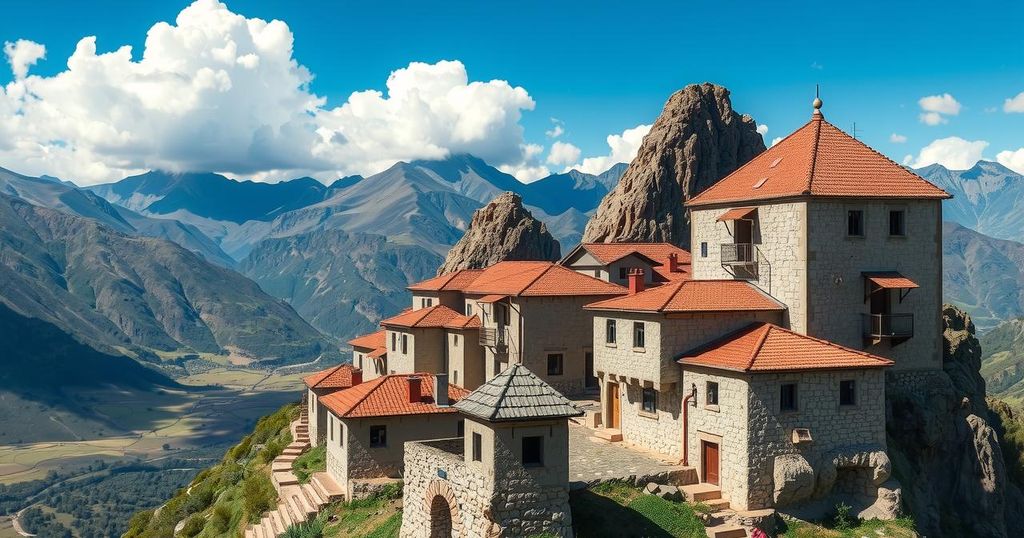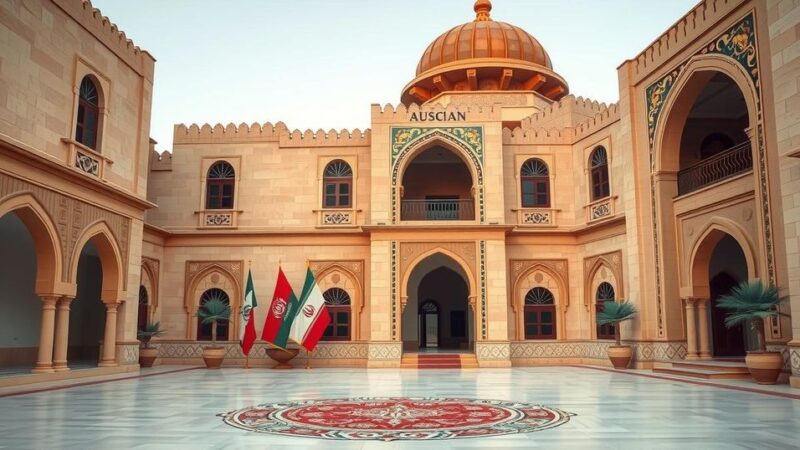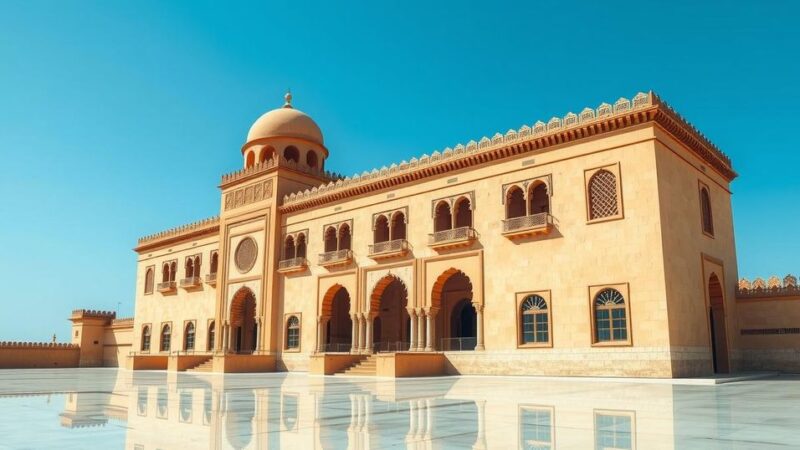La Rinconada, the world’s highest inhabited city at 5,000 to 5,300 meters, is located in Peru’s Puno region. It has about 12,600 inhabitants who primarily engage in gold mining. The city faces health risks related to high altitude, and other notable cities include Cerro de Pasco and Junin.
Peru is renowned not only for its immense Amazon River and Lake Titicaca, the highest lake globally, but also for being home to La Rinconada, the world’s highest inhabited city. It is located at an altitude of approximately 5,000 to 5,300 meters above sea level within the Ananea district, part of the San Antonio de Putina province in the Puno region. This high-altitude settlement is characterized by challenging terrain and a population of around 12,600 residents.
La Rinconada displays a tundra climate, often bordering on glacial conditions, with an average annual temperature of 1.3°C and yearly precipitation around 707 millimeters. The climate is predominantly cold, featuring frigid winters and humid summers with frequent snowfall. Temperatures during the day remain just above freezing, presenting substantial challenges for the inhabitants.
The primary economic activity within La Rinconada is artisanal, informal gold mining, which first developed in the 1990s. Population numbers can fluctuate due to the price of gold; for instance, a considerable rise in gold prices from 2001 to 2009 resulted in a population surge to nearly 30,000, whereas subsequent price declines saw the number drop back to approximately 12,600, as reported in the 2017 National Census.
Health conditions in La Rinconada pose a significant concern, as the extreme altitude causes oxygen levels to dwindle, complicating acclimatization. It generally requires around 30 days for new residents to adjust, with Monge’s disease, a form of chronic altitude sickness, affecting many individuals. This, coupled with inadequate services and mining pollution, adversely impacts the overall quality of life for the city’s denizens.
Cerro de Pasco is recognized as the second-highest inhabited city in Peru, located at 4,380 meters and housing roughly 66,860 individuals. Junin ranks third at an altitude of 4,105 meters, with an estimated population of about 10,000. Other notable high-altitude cities in Peru include:
1. Yauri (3,976 m) – capital of the Espinar district, Cusco region
2. Yanaoca (3,913 m) – Canas province, Cusco region
3. Ayaviri (3,907 m) – Melgar province, Puno region
4. Lampa (3,878 m) – capital of Lampa province, Puno region
5. Ilave (3,862 m) – El Collao province, Puno region
6. Azangaro (3,859 m) – capital of Azangaro province, Puno region
7. Juli (3,850 m) – Chucuito province, Puno region
8. Yunguyo (3,847 m) – capital of Yunguyo province, Puno region
9. Juliaca (3,824 m) – capital of San Roman province, Puno region
10. Puno (3,810 m) – capital of Puno region.
In conclusion, La Rinconada stands as the highest inhabited city worldwide, positioned prominently within Peru’s rugged Andes. The city’s economy heavily relies on gold mining, with health risks due to its extreme altitude posing significant challenges for its residents. Additionally, other notable high-altitude cities within Peru contribute to the country’s remarkable geographical diversity.
Original Source: andina.pe






